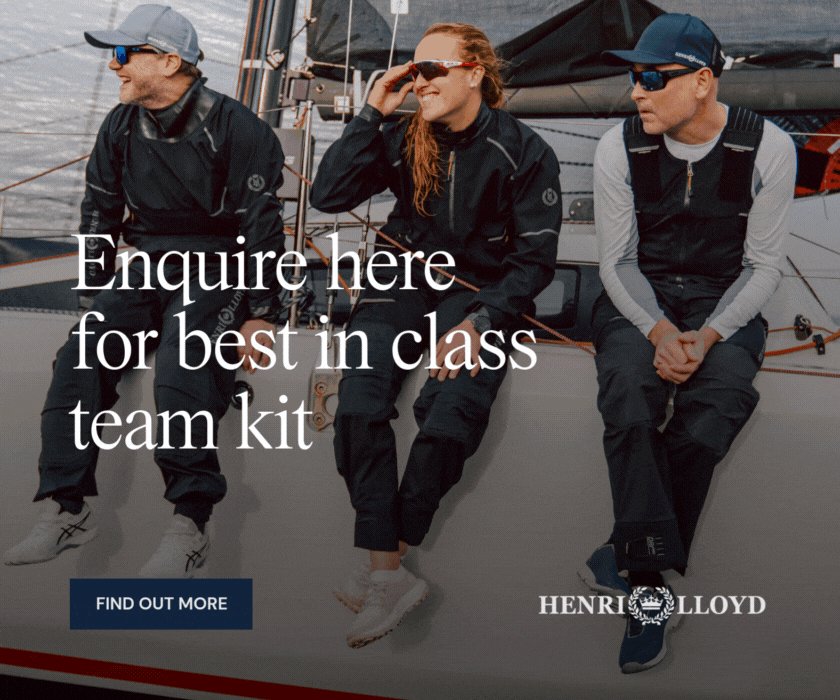
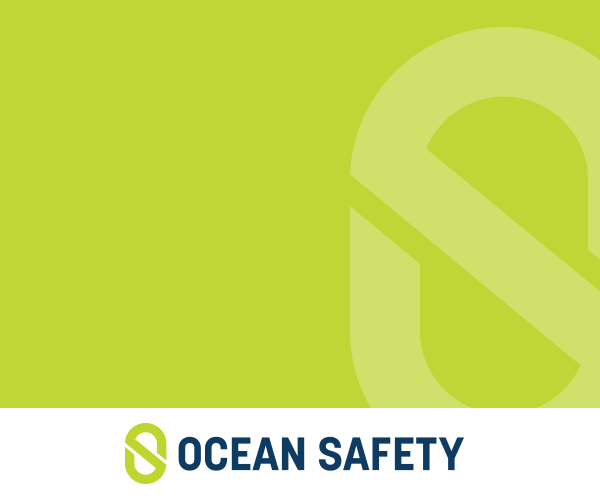








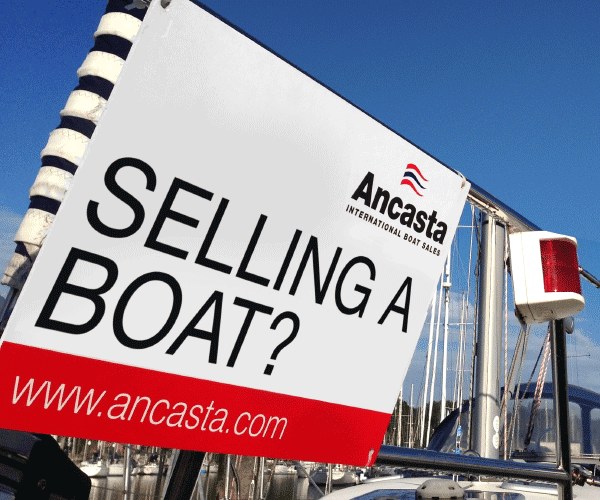

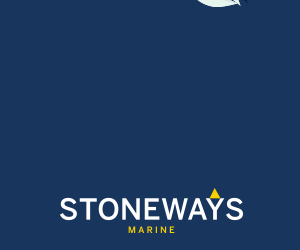
Boats for sale
| Laser 140101 Tynemouth |
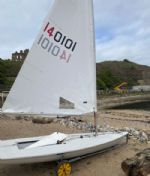 |
| Laser 28 - Excellent example of this great design Hamble le rice |
 |
| Laser 161752 Tynemouth |
 |
List classes of boat for sale |
The Fuller Number |
Post Reply 
|
Page <12345 11> |
| Author | |
2547 
Really should get out more 
Joined: 11 Aug 11 Online Status: Offline Posts: 1151 |
 Post Options Post Options
 Quote Quote  Reply Reply
 Topic: The Fuller Number Topic: The Fuller NumberPosted: 22 Apr 14 at 9:17pm |
|
Nice bit of work that Peaky.
Where is the sweet spot in your equation?
|
|
 |
|
maxibuddah 
Really should get out more 

Joined: 06 Mar 09 Location: United Kingdom Online Status: Offline Posts: 1760 |
 Post Options Post Options
 Quote Quote  Reply Reply
 Posted: 22 Apr 14 at 9:34pm Posted: 22 Apr 14 at 9:34pm |
|
so can you come up with a py per sailor's weight per class from this based on the nominal?
Sorry I can only think of pies so my brain cannot work it out for myself
Edited by maxibuddah - 22 Apr 14 at 9:34pm |
|
|
Everything I say is my opinion, honest
|
|
 |
|
JimC 
Really should get out more 

Joined: 17 May 04 Location: United Kingdom Online Status: Offline Posts: 6662 |
 Post Options Post Options
 Quote Quote  Reply Reply
 Posted: 22 Apr 14 at 9:51pm Posted: 22 Apr 14 at 9:51pm |
|
This formula makes the boats slower with increasing weight as it doesn't distinguish between boat weight and crew weight, but weight is the least significant of the three parameters anyway. A 10% increase in total weight is only about a 2% increase in PY so its not very sensitive. Because increased crew weight probably makes a kiteless boat faster upwind and slower downwind in breeze, and slower all the way round in the light, my minimally informed guess is that its probably an adequate approximation.
Edited by JimC - 23 Apr 14 at 10:53am |
|
 |
|
Chris 249 
Really should get out more 

Joined: 10 May 04 Online Status: Offline Posts: 2041 |
 Post Options Post Options
 Quote Quote  Reply Reply
 Posted: 23 Apr 14 at 8:36am Posted: 23 Apr 14 at 8:36am |
|
Very nice stuff, Peaky!
Interesting to see the much-maligned Laser and Radial join the Europe as the boats that out-perform their dimensions by the greatest margin, although it may well just be that all three had their handicaps hammered by the Olympic curse. It's also interesting that (going by eye alone) the four "less efficient" classes include two of the most popular boats in the UK (Solo and Topper) and that the Icon PY looks very fair compared to the Tasar's. So (ignoring the Opti, which isn't in the list and is arguably a special case) the five most popular singlehanders (measured by nationals and Masters nationals attendance) include two of the biggest "underperformers" and two of the biggest "overperformers*", with the other boats at the performance extremes scattered all over the place in the popularity stakes. So it could perhaps be said that theoretical performance has very little to do with getting people on the water. The other interesting thing is that the theoretical advantages of features like wings, high tech construction, high aspect and fully battened sails etc often seem to create only a small improvement in boatspeed in the real world. But having said that, as we all know if a simplistic "rule" like this was used to replace PYs as proposed, designers and sailors would be driving whole coachhouses and stables through it within weeks. I played with figures some time back and IIRC, noticed that righting moment was extremely important. However, that may just have been because down here we have a significant number of skiffs that have massive RM and multiple rigs to use that power. I may have another spreadsheet prepared by someone who, like you, is qualified to do these things; I'll look for it. * I mean "underperforming" only in the very limited sense of whether Peaky's formula matches PY, of course.
Edited by Chris 249 - 23 Apr 14 at 8:58am |
|
 |
|
Guests 
Guest Group 
|
 Post Options Post Options
 Quote Quote  Reply Reply
 Posted: 23 Apr 14 at 10:46am Posted: 23 Apr 14 at 10:46am |
|
Righting moment is important to boat performance – without it you simply can’t harness the power available. The reason it doesn’t appear explicitly in the formula is perhaps partly explained by the fact that most boats have their sails sized to the RM. Most of the boats I looked at would have a ‘design wind’ of about 11kts – so if boat A has more RM than boat B, it will either carry more sail or be sailed by heavier folk. So sail area and crew weight can be thought of as a crude proxy for righting moment.
|
|
 |
|
Rupert 
Really should get out more 
Joined: 11 Aug 04 Location: Whitefriars sc Online Status: Offline Posts: 8956 |
 Post Options Post Options
 Quote Quote  Reply Reply
 Posted: 23 Apr 14 at 10:54am Posted: 23 Apr 14 at 10:54am |
|
I'd love to see how the British Moth comes out on this system?
|
|
|
Firefly 2324, Puffin 229, Minisail 3446 Mirror 70686
|
|
 |
|
Guests 
Guest Group 
|
 Post Options Post Options
 Quote Quote  Reply Reply
 Posted: 23 Apr 14 at 11:28am Posted: 23 Apr 14 at 11:28am |
|
Do you know the length, sail area and boat weight of the BM? Is the typical (fit) sailor nearer 80 or 65kg?
|
|
 |
|
Guests 
Guest Group 
|
 Post Options Post Options
 Quote Quote  Reply Reply
 Posted: 23 Apr 14 at 11:39am Posted: 23 Apr 14 at 11:39am |
|
If I set the length to 3.1m (allowing for the fact that the LOA is 3.35m, but they're not very plumb bowed), sail area to 9.28 and weight to 130kg, I get a number of 1166.
Edited by Peaky - 23 Apr 14 at 11:39am |
|
 |
|
Rupert 
Really should get out more 
Joined: 11 Aug 04 Location: Whitefriars sc Online Status: Offline Posts: 8956 |
 Post Options Post Options
 Quote Quote  Reply Reply
 Posted: 23 Apr 14 at 12:03pm Posted: 23 Apr 14 at 12:03pm |
|
Sail area is 8.1, rather than 9.28, and the lwl 3m. 130kg as good a guess as any!
|
|
|
Firefly 2324, Puffin 229, Minisail 3446 Mirror 70686
|
|
 |
|
Guests 
Guest Group 
|
 Post Options Post Options
 Quote Quote  Reply Reply
 Posted: 23 Apr 14 at 12:11pm Posted: 23 Apr 14 at 12:11pm |
|
Oh, okay. Wikipedia says 9.28 - told you good data was hard to come by!
With 8.1m2 of sail, and LWL 3.0m, the result is 1224. |
|
 |
|
Post Reply 
|
Page <12345 11> |
| Forum Jump | Forum Permissions  You cannot post new topics in this forum You cannot reply to topics in this forum You cannot delete your posts in this forum You cannot edit your posts in this forum You cannot create polls in this forum You cannot vote in polls in this forum |
Bulletin Board Software by Web Wiz Forums® version 9.665y
Copyright ©2001-2010 Web Wiz
Change your personal settings, or read our privacy policy
Copyright ©2001-2010 Web Wiz
Change your personal settings, or read our privacy policy











 Printable Version
Printable Version Delicious
Delicious Digg
Digg Facebook
Facebook Furl
Furl Google
Google MySpace
MySpace Newsvine
Newsvine reddit
reddit StumbleUpon
StumbleUpon Twitter
Twitter Windows Live
Windows Live Yahoo Bookmarks
Yahoo Bookmarks Topic Options
Topic Options